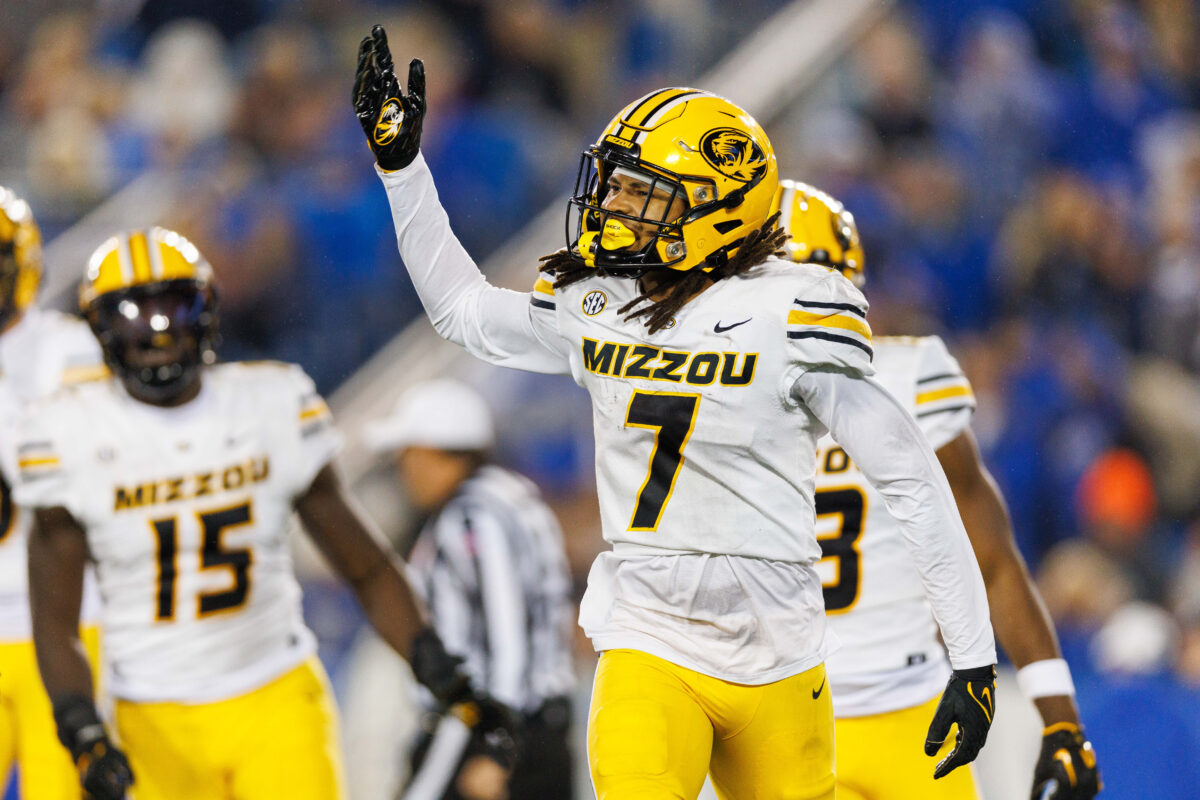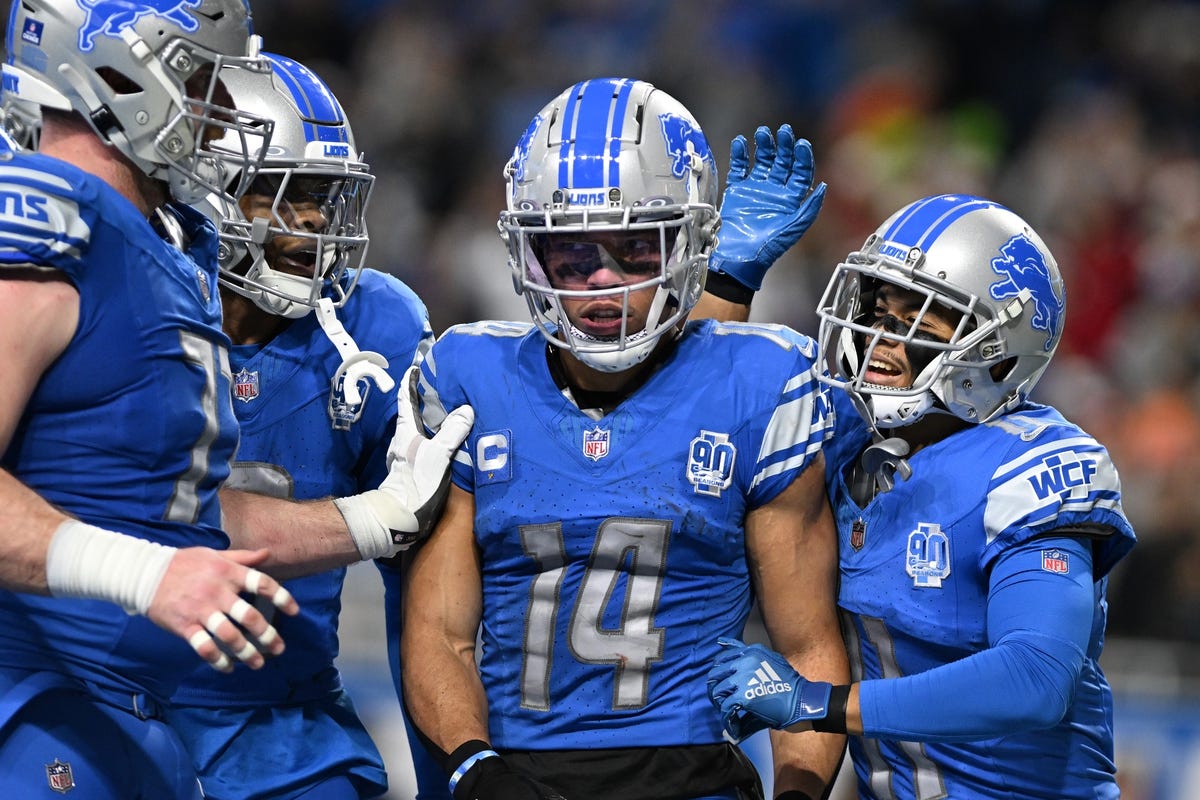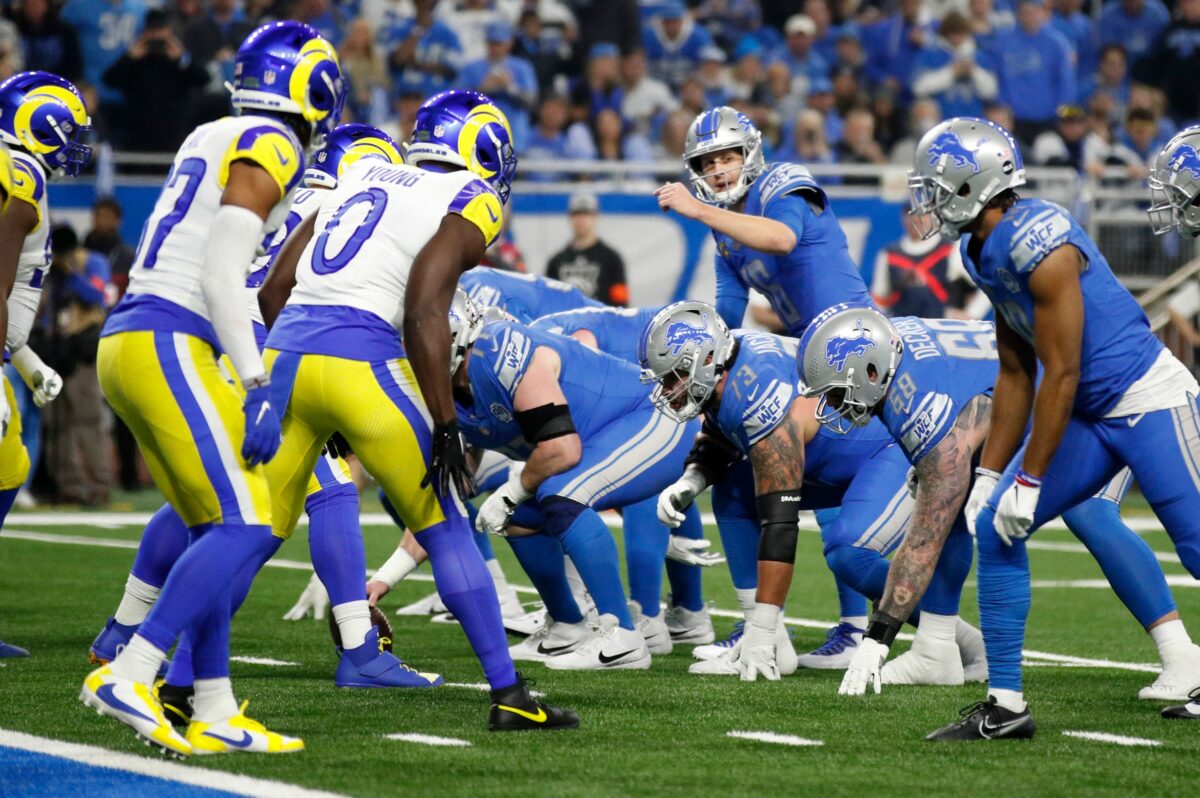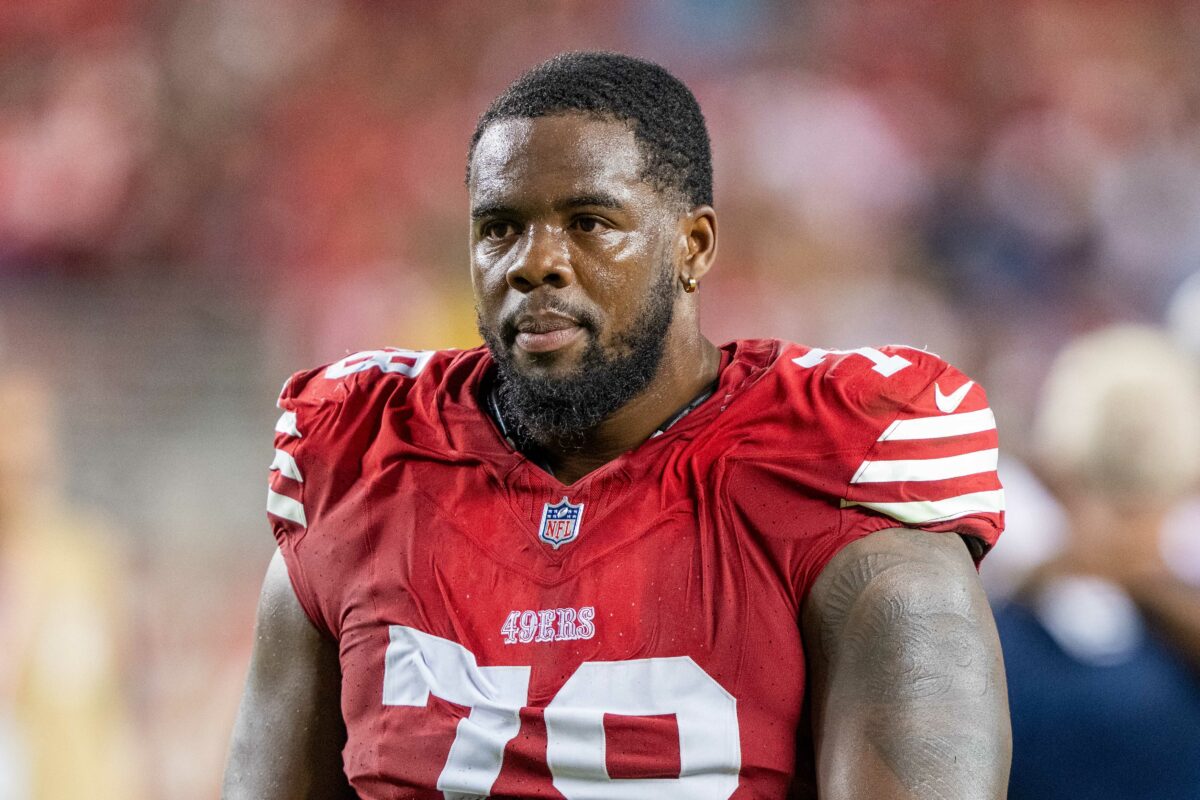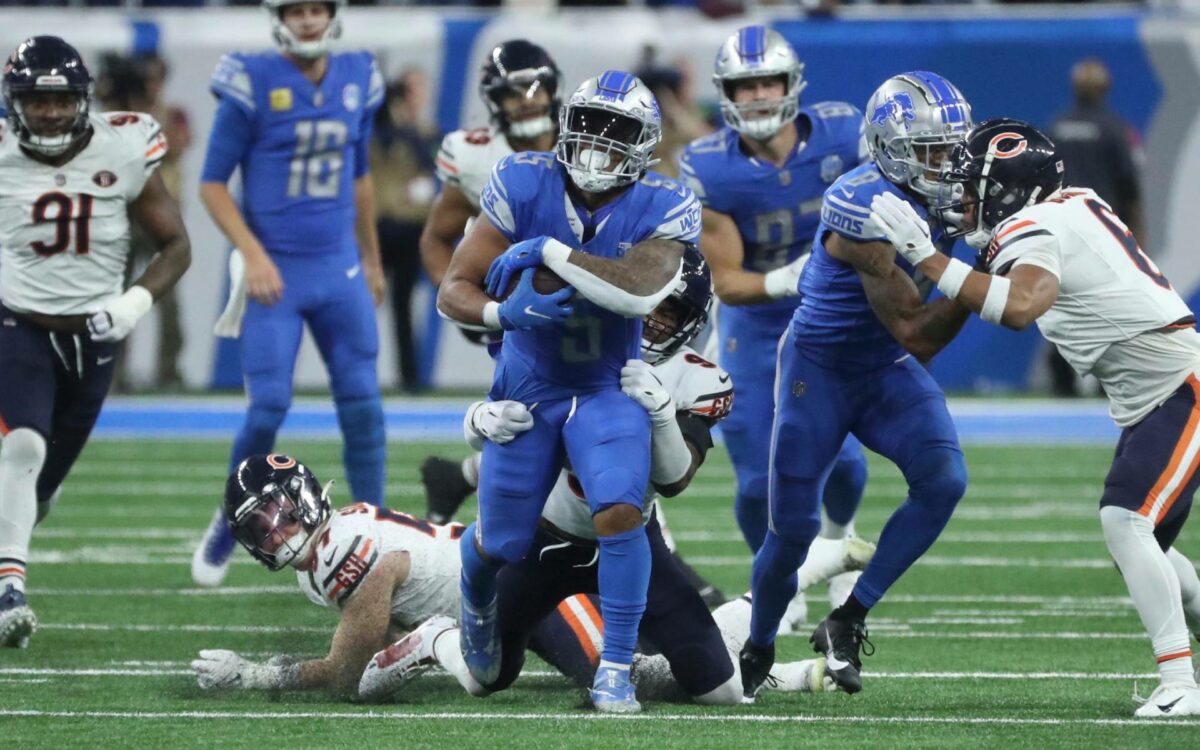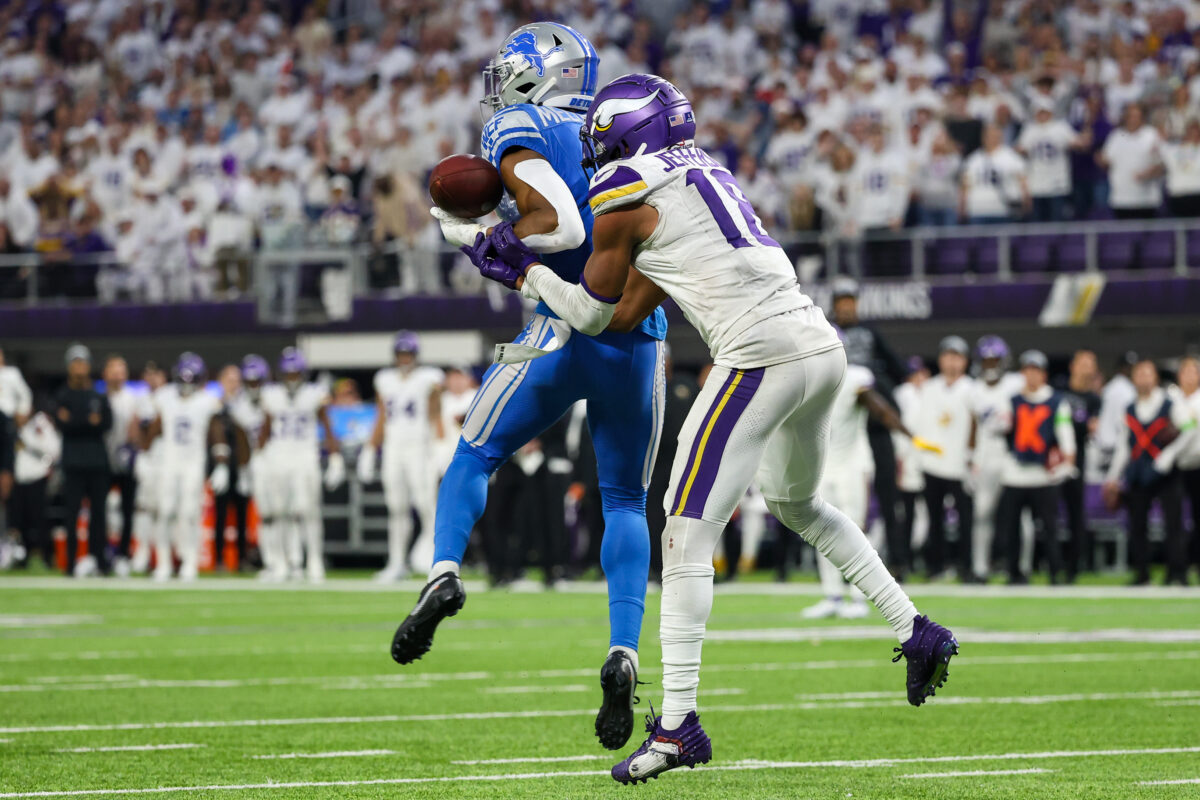Lions film review: Amon-Ra St. Brown was best offensive player vs Cowboys
Moving on from what happened at the end of the Cowboys and Lions game, it’s time to give kudos to a bunch of players for their performances in that game. When looking at the offensive film, one of the first players to standout was wide receiver Amon-Ra St. Brown.
To no surprise, St. Brown is the leading receiver for the Lions this season. Additionally, he’s having a career year with 112 receptions for 1,371 yards and nine touchdowns. Against the Cowboys, he had six receptions for 90 yards and a touchdown.
On Saturday, five of his receptions went for first down and so far this season, 70 of his receptions have gone for first down (tied for 3rd best in the NFL). Let’s jump into the tape and review why St. Brown was the best offensive player for the Lions against the Cowboys.
No matter the play, it felt like every single time St. Brown got the ball against the Cowboys, positive results happened. Looking at the play above, the Lions come out with a twins bunch formation to the left. With the tight end and another receiver to the right, I’d essentially label this as a 2 x 2 set with their ’11’ personnel (one running back and one tight end).
Once the ball is snapped, you can see St. Brown step back and turn to Jared Goff for the ball. Being that this play is a designed wide receiver screen, it’s an easy pitch-and-catch for the quarterback and receiver. One of the keys to focus on is left guard Jonah Jackson pulling on this play. With Jahmyr Gibbs and Jackson both going away from the ball, this pulls the inside linebackers away from pursuing towards St. Brown.
As you can see, the pass is completed and St. Brown gets a good block from Jameson Williams. Meanwhile, left tackle Taylor Decker gets out in space and blocks the safety that was over the top. With that, St. Brown is explosive and able to run after-the-catch for the first down.
As we’ve seen this year, St. Brown has carried the football a couple of times. However, his best carry of the season came against the Cowboys. When looking at the play above, you can see the Lions come out in their ’12’ personnel (one running back and two tight ends). With that, they have two receivers to the left of the formation. Jameson Williams is labeled as the ‘X’ receiver and in the slot is St. Brown.
Prior to the snap, Jared Goff puts St. Brown in motion and hands it off to him after the snap. On this play, the offensive line reach blocks to the left and it draws most of the defense in that direction. However, the key is from tight ends James Mitchell and Sam LaPorta.
Both of them go opposite of the offensive line. Despite slipping, Mitchell is able to seal off the defender playing on his outside shoulder and LaPorta is able to get out in space. This gives an opening for St. Brown and he takes full advantage with an 11-yard carry and first down.
Lastly, I want to focus on one of the final plays of the game for the Detroit Lions. This one is the touchdown that put the Lions in striking distance to either tie or win the game. Looking at the play above, you can see the Lions come out with their ’11’ personnel (one running back and one tight end) in a 2×2 set.
At the bottom of the screen, you can see St. Brown and Kalif Raymond bunched together. They run hi-lo concept and this particular one would be called Diagonal. In this instance, Raymond runs a corner route and St. Brown runs a diagonal route, also known as a bench or flat route.
As you can see, the defense works vertical with the Raymond on his corner route. This creates a throwing window and enough separation for St. Brown to do something after the catch. He does just that with his effort and ability to extend the football over the pylon for the touchdown. This was a great play design with even better execution from the Lions.
On his podcast, The St. Brown Bros Podcast with The 33rd Team, this drive was discussed. Amon-Ra had stated that before the drive, he got dabbed up by Dan Campbell and was told “we’re going to win this game.”
Regardless of the ending, the Lions final drive lasted 1:18 and they went 75 yards in 9 plays. During the drive, St. Brown was targeted 3 times with 2 receptions for 25 yards and a score. It’s been a joy to watch St. Brown throughout his career but especially this season. He’s had a career year and it’s been a big part to why the Lions won the NFC North and have a home playoff game. Look for him to dominate in the final weeks of the NFL as he’s “ready to run through a brick wall.”
